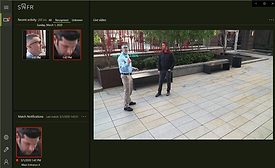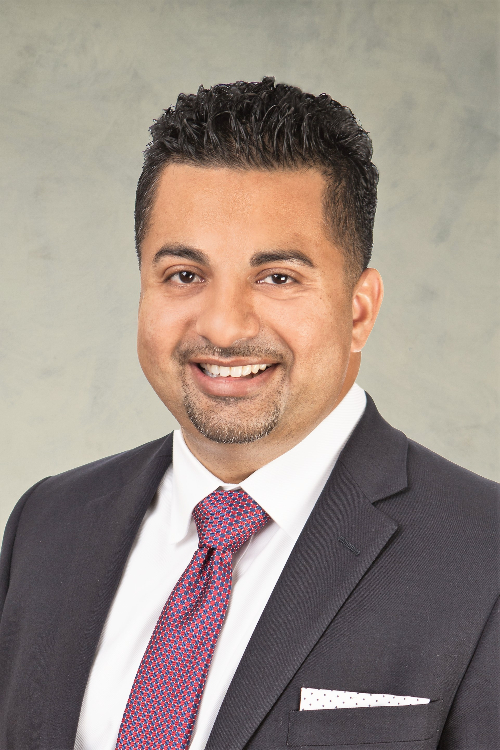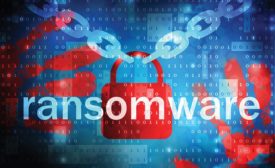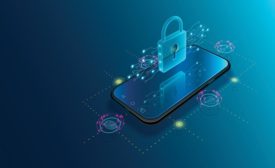Web Exclusive Stories
When Efficiency is the Outcome of Enhanced Security
IT staff aren’t tasked with increasing employee productivity, but it is often the surprising benefit of device security measures.
April 23, 2020
Sign-up to receive top management & result-driven techniques in the industry.
Join over 20,000+ industry leaders who receive our premium content.
SIGN UP TODAY!Copyright ©2024. All Rights Reserved BNP Media.
Design, CMS, Hosting & Web Development :: ePublishing














